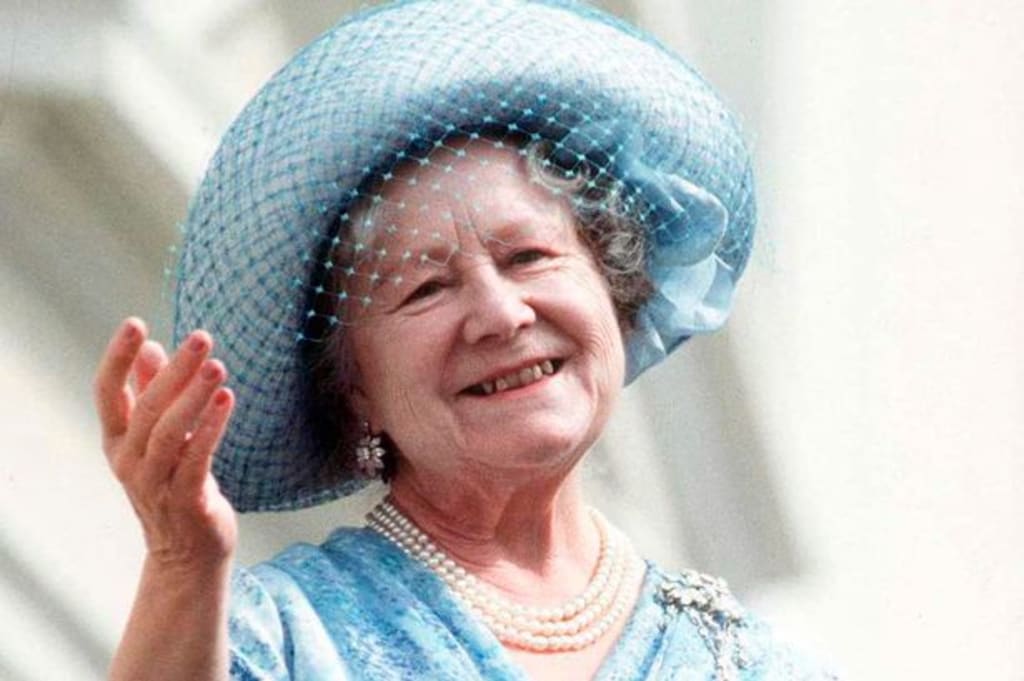
Throughout history, there have been a number of notable individuals who have held the titles Queen Mother or Queen Dowager. Such titles are typically held by Queens who have been widowed and continue to live throughout the reign of their children (and even sometimes beyond that).
Oftentimes, the two terms are used interchangeably but this cannot always be the case. In this article we will explore the differences between these two similar titles by using examples from history to show where they are alike, where they differ, when they can be used together and when they must be used separately.
Queen Dowager
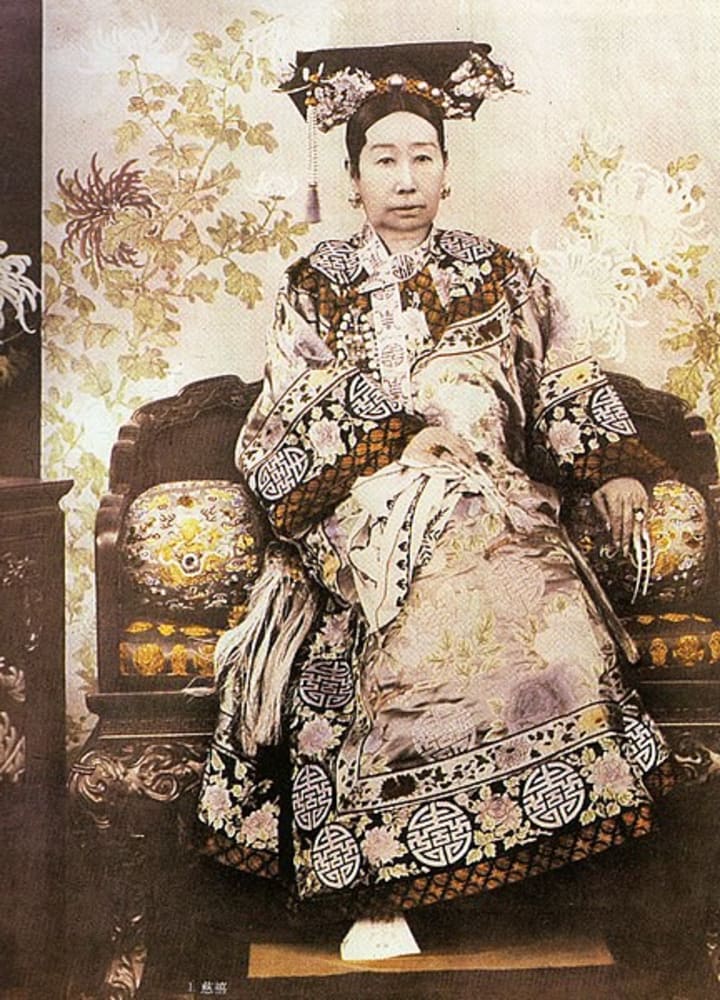
Let’s start off with Queen Dowager (or Dowager Queen) as it is a much broader term. Oxford Dictionary defines a dowager as “a woman of high social rank who has a title from her dead husband.” Thus by that definition, a Queen Dowager is a widowed Queen who has her title by virtue of having been married to a now deceased King.
Throughout history, the title of Dowager has not been limited strictly to royalty as it can be used to describe any widowed woman who has a title from her late husband. This shows that in the context of a Queen Dowager, the person inheriting this title must be a Queen Consort and not a Queen Regnant. This means that a Dowager Queen must be somebody who obtained the title of Queen through marriage and not because they were once the sitting ruler themselves. For example, if Queen Elizabeth had abdicated the throne, she would not have been considered a Dowager Queen.
Another notable aspect of a Dowager Queen is that there can be more than one at any given time in a particular country. Essentially a Dowager Queen can be any female relation to the present Monarch provided that they are the widows of a previous ruler. Many Dowager Queens have been the grandmothers, aunts, cousins, sister-in-laws, and even nieces to the ruler succeeding their husbands.
Aside from retaining their title of Queen, a Dowager can also continue to stand in the line of succession in the event that the current monarch has no other suitable heir. This was especially prevalent when the Dowager and monarch shared a common ancestor. Dowagers also functioned as regents in cases where the current ruler was too young to assume any responsibilities.
In Asian, Middle Eastern and African societies where filial piety and a deference to one’s elders are more common, many Dowager Queens or Empress Dowagers possessed a great deal of influence. In fact, in some countries, the position of Dowager was often seen as being more powerful than that of Queen as the King would be heavily influenced by his elder relatives.
A noticeable example of this would be in China. Empress Dowager Cixi essentially ruled the country for over 40 years during the reigns of her son, nephew and grandson. Despite never having been in the line of succession herself, she exercised so much influence over her younger relatives that she was treated as China’s de facto ruler.
Now that we have gone over what a Dowager Queen is, let us now explore how this title relates to that of the Queen Mother.
Queen Mother
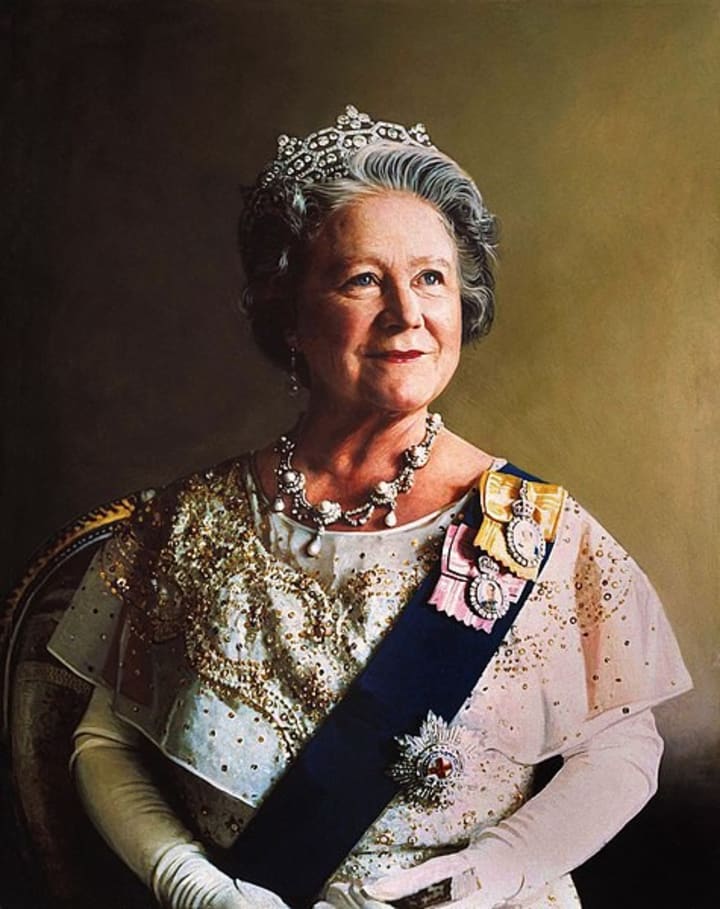
To sum it up briefly, a Queen Mother is a former Queen who is the mother of the current monarch. Regardless of whether or not their child is a King or Queen, the title of Queen Mother will apply. Generally, most Queen Mothers are also Dowager Queens which is why the titles are often used interchangeably. However this is not always the case.
In Belgium, Queen Paola has been referred to as Belgium’s Queen Mother following the abdication of her husband, King Albert II in 2013. As the King abdicated and is still alive today, he retained his Royal title and thus his wife became Queen Mother without being a Dowager first.
In the Netherlands, a sitting Queen who abdicated has also been recognized as Queen Mother. Queen Juliana who abdicated on her 71st birthday in 1980, began being referred to as the Queen Mother after her daughter, Queen Beatrix succeeded her. However, it should be noted that this title was unofficial as Juliana reverted back to the role of Princess following her abdication.
Perhaps the most famous Queen Mother of all would be Queen Elizabeth, mother of the late Queen Elizabeth II of England. Often referred to as The Queen Mother, the elder Queen Elizabeth was among the few people to use the title in an official capacity. Holding the role for over 50 years, her frequent use of the title allowed her to distinguish herself from her daughter with whom she shared her name with.
Unlike Dowager Queens, there can only be one Queen Mother at a time as the reigning monarch would obviously have only one mother. A Queen Mother will retain her title even if she outlives her child provided that another one of their children ascend the throne after. Queen Mary of Teck served as Queen Mother during the reigns of two of her sons; Edward VIII up until his abdication, and George VI until his death.
Unlike Dowager Queens who often retain that title for life, a Queen Mother will lose that title when their child is no longer on the throne. When George VI passed away, he was outlived by his mother, Queen Mary. With her granddaughter now on the throne, Mary lost the title of Queen Mother to her daughter-in-law and was referred to as a Dowager Queen.
It should also be noted that simply being the mother of the current ruler does not automatically make one the Queen Mother. Queen Victoria’s mother was referred to simply as the Queen’s mother as she was never a Queen herself nor was she ever married to a King. Queen Victoria’s father had died before he could be considered as an heir to the throne.
Henry VII’s mother who was the former Princess of Wales alternated between being called the Princess Mother or merely the King’s mother. Thus, it shows that one must have served as Queen beforehand in order to be referred to as Queen Mother.
Like a Dowager Queen, a Queen Mother can be a very powerful position in societies where age and parental bonds are seen as a symbol of seniority. During the time of the Ottoman Empire, the mother of the Sultan was treated as a divine figure whose will was said to mirror that of God himself. This allowed the Queen Mother to exercise great influence over the Government even when her son was the clear ruler.
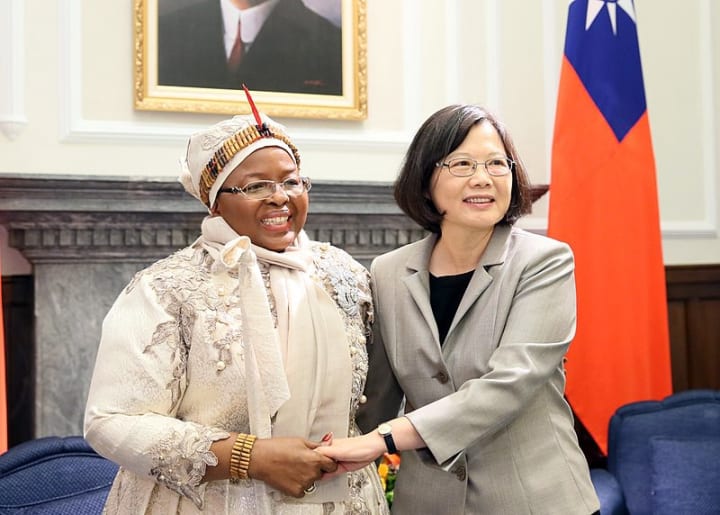
Perhaps the most powerful Queen Mothers can be found in Eswatini (formerly Swaziland). Sticking to the belief in the divine right of a mother, the mother of the King of Eswatini is stipulated to rule alongside her son as a co-Head of State. They essentially occupy the role of a ceremonial Monarch and will serve as Regent in the absence of a King. If the Queen Mother has died, the title may be given to another senior female relative like an aunt or grandmother.
Thus, to sum it up, a Queen Dowager is any former Queen who inherits the title from their dead husband while a Queen Mother is a former Queen who is the mother of the current monarch. While most Queen Mothers are also Dowagers, this is not always the case and therefore, both terms cannot always be used interchangeably.
Is There A Male Equivalent To These Titles?

It is far rarer for a man to live through the reign of his child. Thus, one almost never sees a male equivalent to the titles of Dowager Queen or Queen Mother.
In Belgium, King Albert II simply retained his existing title following his abdication in 2013. Japan’s former Emperor Akihito, is referred to officially as Emperor Emeritus since abdicating in 2019.
Today, if a male consort were to outlive a female Monarch, they would simply retain the title of Prince. If their child becomes ruler, experts have considered using the term “Prince Father” should such an unlikely occasion arise.
However, in 1504, King Ferdinand II of Aragon, who was also the consort of Castille, outlived his wife, Queen Isabella. While serving as Regent before his daughter could come of age to inherit the throne, Ferdinand was referred to as the Dowager-King Consort.
However, in today’s time, such a title would probably never be used again. Most consorts today are not the sitting rulers of another country and it is becoming increasingly common for many consorts to only obtain titles by virtue of their marriages. Thus, while such an equivalent to these titles may have existed in the past, it is highly unlikely that we will see such a thing going forward.
About the Creator
Isa Nan
Written accounts of life, death and everything in between


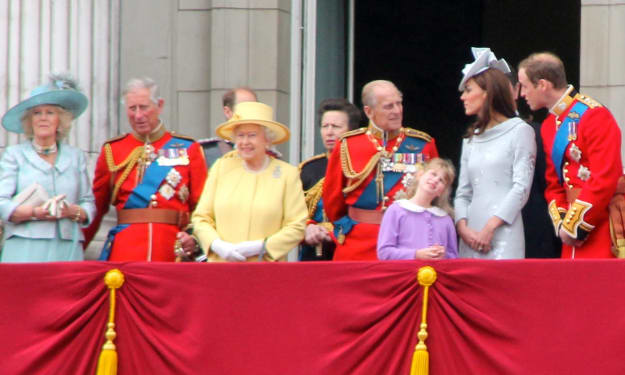



Comments
There are no comments for this story
Be the first to respond and start the conversation.